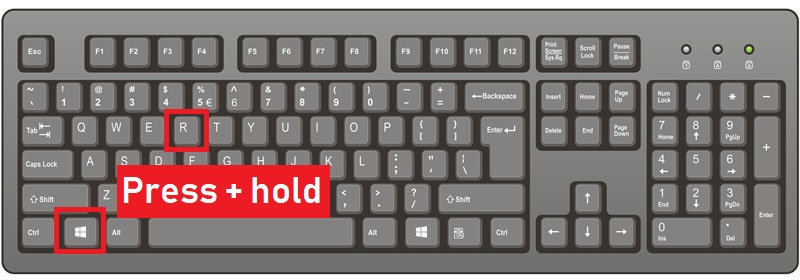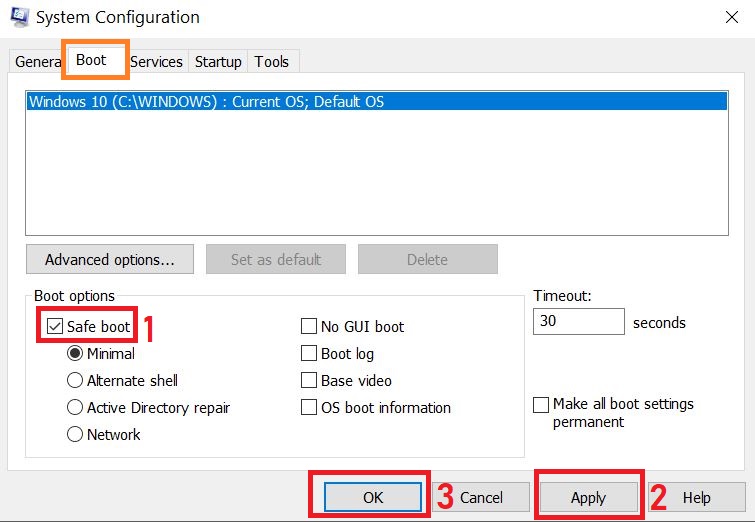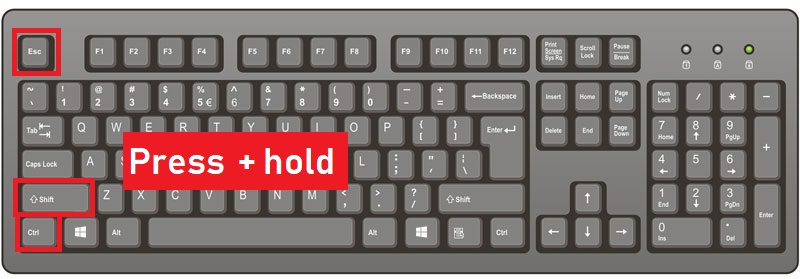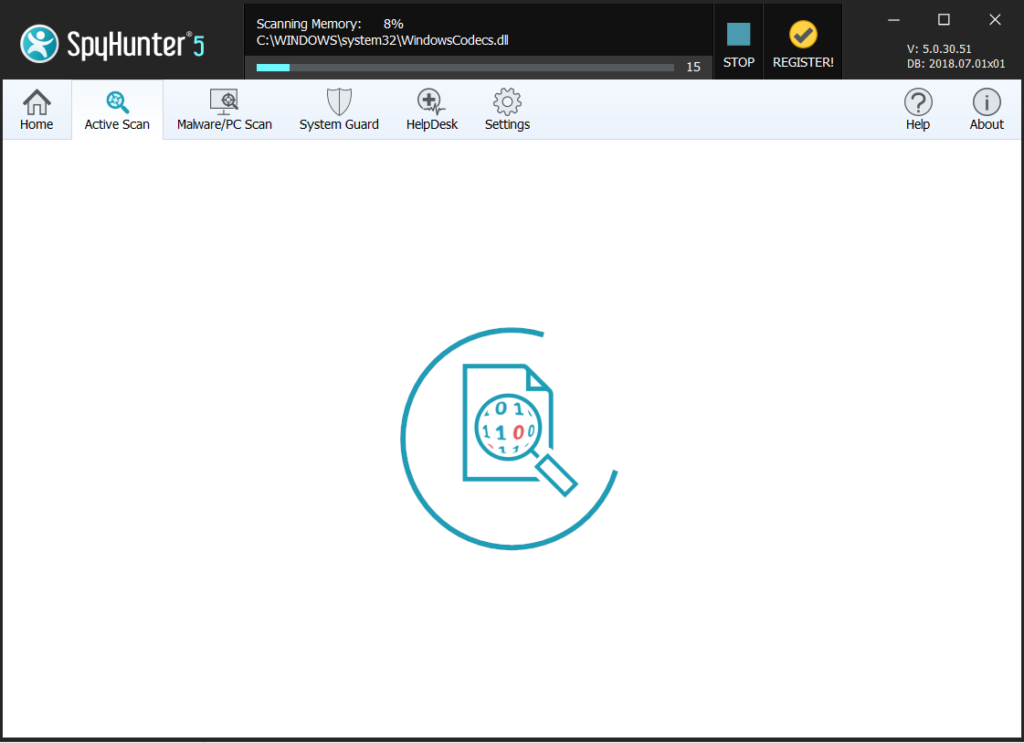Read this blog post to learn how to remove the Bitcoin miner malware from your computer system and how to prevent it from mining BitCoin on your PC.
BitCoin Miner Virus
A mining malware has been detected by malware researchers to infect the computers of victims after which run a process in the background of computers and heavily use your CPU resources to mine for the cryptocurrency BitCoin. The bad news is that it mines the crypto at the expense of your hardware and it may slow it down and even damage it permanently beyond repair. If you believe that your computer has been infected by Bitcoin Miner malware, we recommend that you read this article and learn how to remove this miner malware from your PC.
What Is Bitcoin Miner Virus
| Threat Name | Bitcoin Miner Virus |
| Category | Trojan Horse / miner. |
| Main Activity | Infects the PC while unnoticed and mines for the cryptocurrency BitCoin. |
| Signs of Presence | A new registry entry created and files dropped in Windows’ system folders. |
| Spread | Via malicious e-mail spam. Via fake installers and other fraudulent software. |
| Detection+Removal | DOWNLOAD REMOVAL TOOL FOR Bitcoin Miner Virus |
BitCoin Mining Virus -What Does it Do
In this digital age, Trojan horses can be very significant not only to your computer, but to you as well. Since most users keep their important files on computers, all of their crucial information becomes at risk. This means that your personal ID number or other financial data that you may have used on a computer infected by _ Trojan can be compromised and used for malicious purposes. This is the primary reason why this threat should be dealt with immediately.
The reason why Trojans, like the Bitcoin Miner Virus Trojan are a significant threat, is that it has multiple different malicious functions that are utilized on your computer. The features of a Trojan may vary, depending on what type it is, but it is safe to assume that the _ Trojan can do the following on your PC:
- Steal the passwords from the computer and obtain the keystrokes from it via Keyloggers.
- Destroy data on your computer, like delete files. This may even result in damaging your Windows.
- Remotely monitor your activity. This means that whatever you do and see on your screen, the hacker who infected you can also see.
- Disable your Windows operating system via a DDoS attack (Denial of Service).
- Use your system’s resources (CPU and Video Card) to mine cryptocurrencies, like BitCoin.
- Harvest system data and login information automatically from your web browsers.
- Install other viruses on your computer which may cause even more damage.
- Display fake tech support screens that can lure you into a scam.
How to Spot and Fully Eliminate the BitCoin Miner Trojan?
The primary method which you can use to detect a Trojan is to analyze hidden processes on your computer. This is achievable by downloading process monitoring apps, like Process Explorer. However, you will have to have a trained eye on how to detect the malicious processes and how to remove those without damaging your computer. This is why, as a swift solution, a Trojan-specific removal tool should be used, according to security experts. Such removal software will automatically scan for Trojans like Bitcoin Miner Virus and get rid of them quickly and safely while protecting your computer against threats in the future as well.
Preparation before removal of Bitcoin Miner Virus:
1.Make sure to backup your files.
2.Make sure to have this instructions page always open so that you can follow the steps.
3.Be patient as the removal may take some time.
Step 1: Reboot your computer in Safe Mode:
Step 2: Cut out Bitcoin Miner Virus in Task Manager

Step 3: Eliminate Bitcoin Miner Virus‘s Malicious Registries.
For most Windows variants:
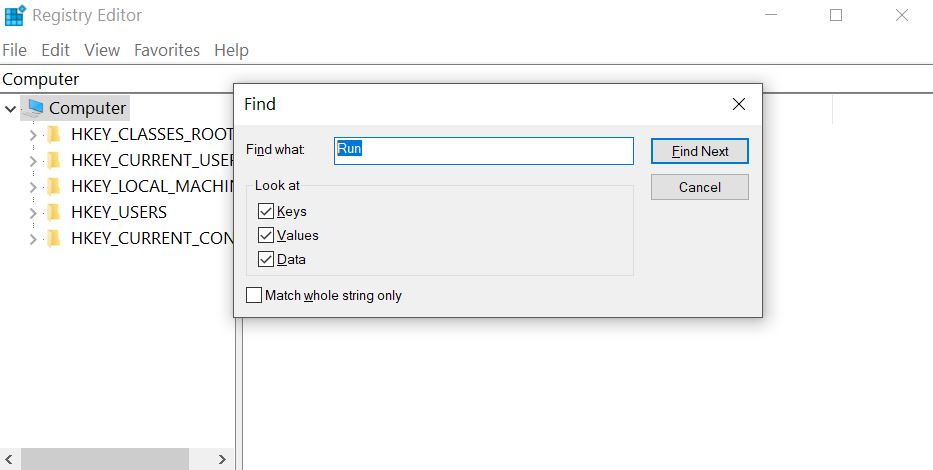
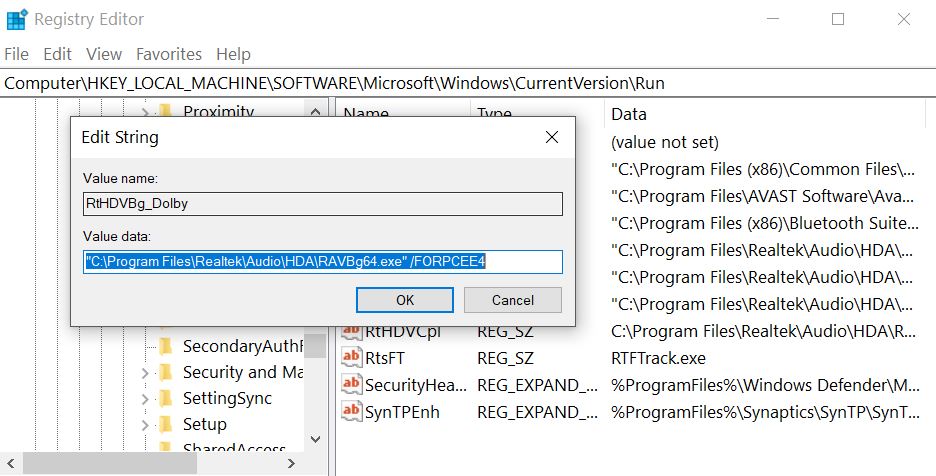
Step 4: Scan for and remove all virus files, related to Bitcoin Miner Virus and secure your system.
If you are in Safe Mode, boot back into normal mode and follow the steps below
It is advisable to run a free scan before committing to the full version. You should make sure that the malware is detected by SpyHunter first.

